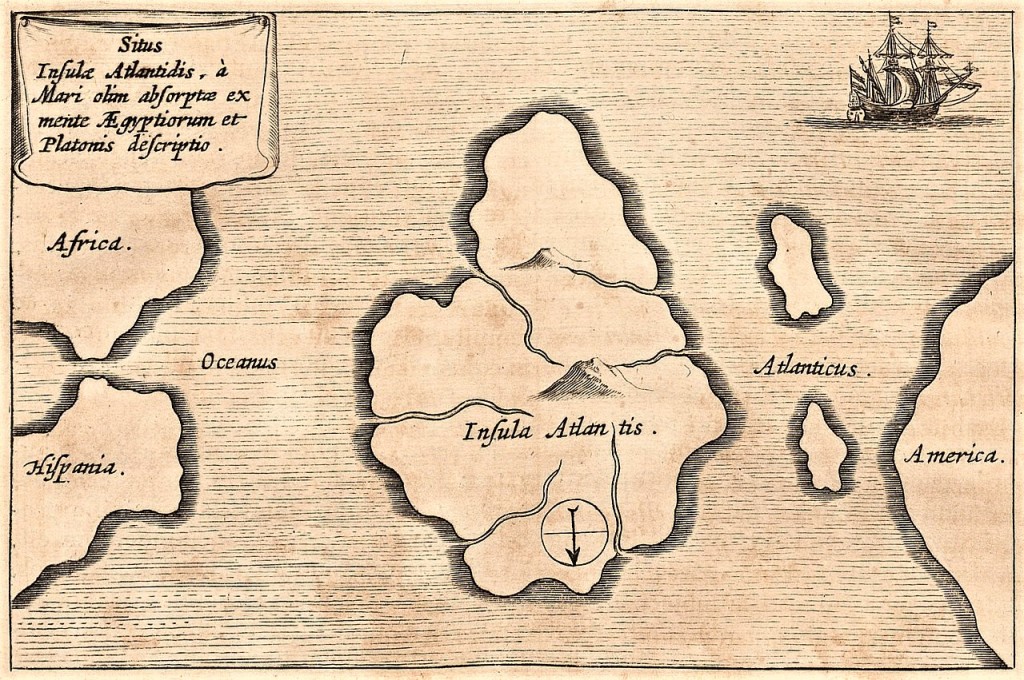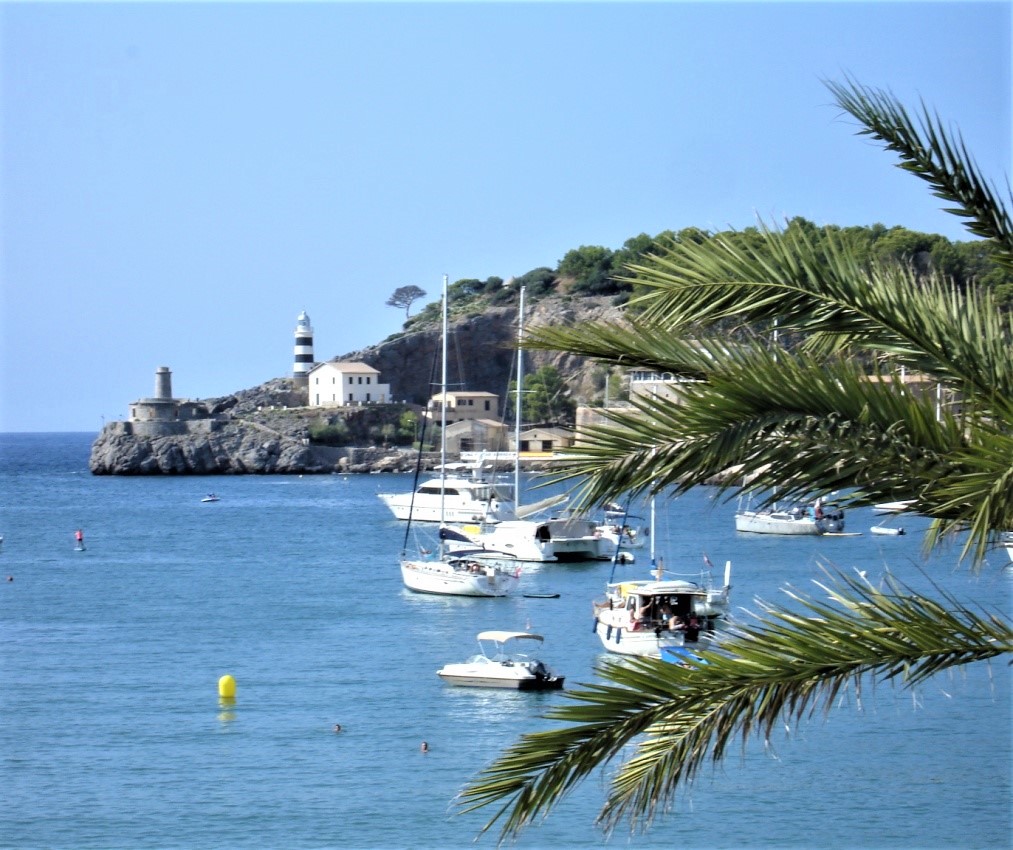
Grove Koger
Today’s post is based on a review I wrote for the November/December 1992 issue of the Record Exchange’s late lamented Disc Respect.
□□□
Francis Poulenc first became known as a member of Les Six, a loose confederation of French composers who rose to prominence a little more than a century ago. The six were Georges Auric, Louis Durey, Arthur Honegger, Darius Milhaud, Francis Poulenc, and Germaine Tailleferre. They rejected what they viewed as the stultifying influence of Wagner, and celebrated the everyday world of vin ordinaire and boeuf bourguignon. Against Teutonic solemnity, they set Gallic wit. Their arena was Paris in the 1920s, to my way of thinking the artistic and musical version of paradise on earth.
Sadly enough, Les Six were not a long-lived confederation, and they soon went their separate ways, with Milhaud and Poulenc eventually becoming the most famous.

Poulenc (whom you see at the top left in the photo above) wrote his Sinfonietta decades later, on a commission from the British Broadcasting Corporation (BBC). The occasion was a celebration of the first anniversary of the corporation’s Third Programme, which was responsible for broadcasting a heady mix of classical music, talks, and documentaries. Accordingly, the work was first heard over the air in a performance by the Philharmonia Orchestra under the baton of Roger Désormière on October 24, 1948—a date far removed from the halcyon days of Les Six.
The Sinfonietta’s four movements add up to less than half an hour, and manage to mix insouciance, gravity and lyricism. The orchestration itself is nimble, as befits a work for small orchestra consisting of two clarinets, two flutes, two oboes, two bassoons, two French horns, two trumpets, timpani, harp, and strings. According to critic Benjamin Ivry, Poulenc based the Sinfonietta on what he remembered of a string quartet in-progress that he had grown dissatisfied with, torn up, and thrown into a sewer. As Poulenc himself admitted, the piece is a belated farewell to youth, but while he may have been looking back to the morning of his world, his eyes were dry. You can hear the piece in a modern performance by the Swedish Chamber Orchestra under the baton of Nathalie Stutzmann here.
The Sinfonietta’s four movements add up to less than half an hour, and manage to mix insouciance, gravity and lyricism. The orchestration itself is nimble, as befits a work for small orchestra. According to critic Benjamin Ivry, Poulenc based the Sinfonietta on what he remembered of a string quartet in-progress that he had grown dissatisfied with, torn up, and thrown into a sewer. As Poulenc himself admitted, the piece is a belated farewell to youth, but while he may have been looking back to the morning of his world, his eyes were dry. You can watch and hear the piece in a modern performance by the Swedish Chamber Orchestra under the baton of Nathalie Stutzmann here.
If you’d like to know more about this intriguing figure, there’s no better source than Ivry’s study Francis Poulenc in Phaidon’s “20th Century Composers” series. Ivry doesn’t agree with my high opinion of the Sinfonietta, but then, contrary to what you may have heard, great minds don’t always think alike.
□□□
If you’d like to subscribe to World Enough, enter your email address below:
And if you’ve enjoyed today’s post, please share!




















